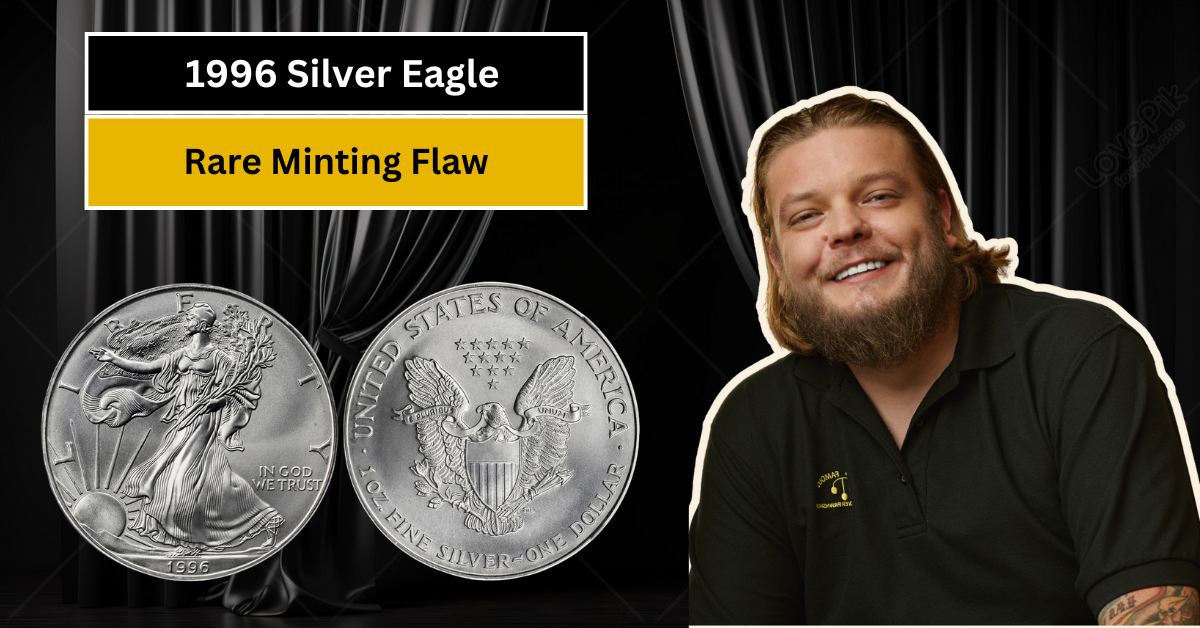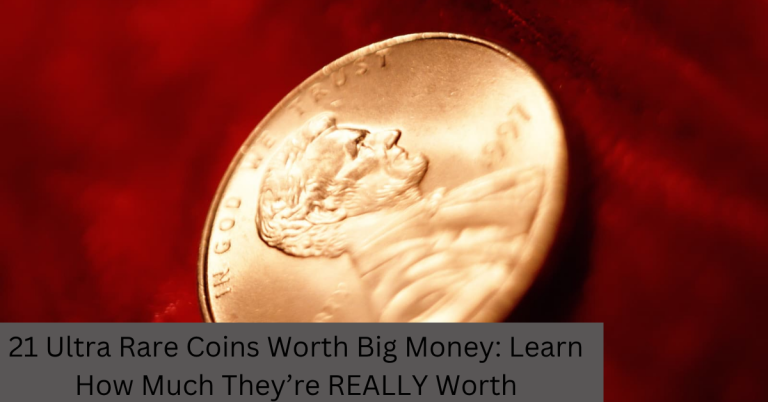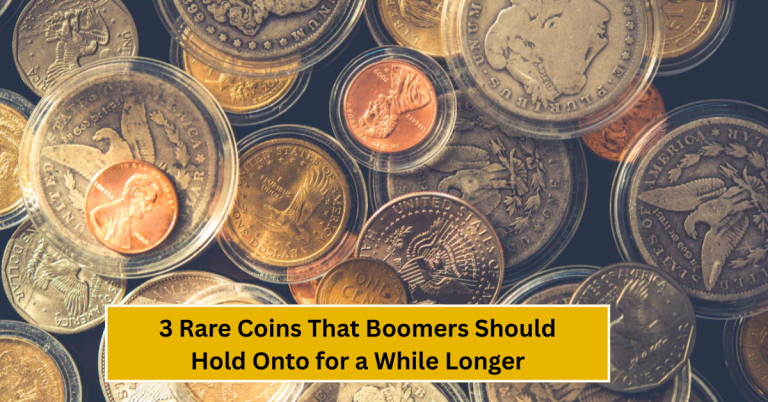
The American Silver Eagle is a favourite among coin collectors, especially in India where silver coins are cherished for investment and gifting purposes. Among its many editions, the 1996 Silver Eagle stands out due to a distinctive minting error known as a reverse die crack. This flaw makes the coin rare and interesting for both collectors and investors alike.
In this article, we will explore what exactly the reverse die crack is, why it happens, and how it affects the value of the 1996 Silver Eagle. Whether you are a beginner or a seasoned collector, understanding these unique features will help you appreciate this special coin even more.
What Is the 1996 American Silver Eagle?
The American Silver Eagle is a silver bullion coin issued by the U.S. Mint since 1986. It contains one troy ounce of 99.9% pure silver and features iconic designs such as Walking Liberty on the obverse and a heraldic eagle on the reverse. The 1996 edition is part of this long-standing series, widely recognised for its quality and artistry.
This coin is popular not only in the United States but also in countries like India where silver coins are valued as safe investments. Each year’s issue has some variations, but the 1996 Silver Eagle is special due to a rare minting flaw found on its reverse side.
Understanding the Reverse Die Crack Flaw
A die crack occurs when the metal die used to strike the coin develops a crack due to wear and tear. In simple terms, a die is a carved piece of metal that stamps the design onto the coin. When the die cracks, the resulting coins show a raised line or crack in the design, which should not be there.
For the 1996 American Silver Eagle, the reverse die crack appears as a noticeable line cutting through parts of the eagle’s feathers and other elements on the coin’s back. This flaw happened during the minting process and is quite rare, making affected coins stand out from regular ones.
Why Are Die Cracks Important for Collectors?
Minting errors such as die cracks add uniqueness to a coin. Many coin collectors actively seek these mistakes because they make the coin different from the normal versions. It’s like finding a unique variation in a series that few people own.
In the case of the 1996 Silver Eagle, the reverse die crack flaw creates a limited number of coins with this distinctive mark. Because of this rarity, these coins can become more valuable over time compared to flawless ones, especially if the crack is prominent and well-documented.
How to Identify the 1996 Silver Eagle with Reverse Die Crack
If you want to spot this special flaw, look closely at the reverse side of the coin where the eagle is displayed. You will notice a thin, raised line that was not part of the original design. This crack often runs through the eagle’s feathers, near the lower part of the coin’s reverse.
Using a magnifying glass or a jeweller’s loupe can help you see this detail clearly. Make sure to compare your coin with pictures of normal 1996 Silver Eagles to understand the difference. Coins with clean and visible die cracks are considered authentic examples of this minting error.
Impact of the Reverse Die Crack on Coin Value
Normally, condition, rarity, and demand affect a coin’s value. For the 1996 Silver Eagle with the reverse die crack, rarity plays a significant role. Collectors see these coins as one-of-a-kind items that add variety to their collections.
Prices for these flawed coins can be higher than common 1996 Silver Eagles, but the market is also influenced by the crack’s size and visibility, as well as the coin’s overall condition. It’s wise for buyers to research and consult with trusted dealers when looking for such varieties.
Where to Buy and Sell 1996 Silver Eagles with Die Cracks in India
In India, many coin enthusiasts and investors look for American Silver Eagles through online marketplaces, specialty coin dealers, and coin shows. Coins with known errors like the reverse die crack can attract niche buyers who appreciate their uniqueness.
When selling, it is important to provide clear photographs and details about the die crack to get the best price. Verified grading services that authenticate minting errors can help build buyer confidence, especially when selling to collectors abroad or online.
Final Thoughts on the 1996 Silver Eagle Reverse Die Crack
The 1996 Silver Eagle with a reverse die crack is a perfect example of how minting mistakes can increase a coin’s appeal and value. For young collectors and investors in India, such coins offer a fascinating look into the world of numismatics with a chance to own something rare and special.
Whether you are collecting as a hobby or investing for the future, understanding these unique errors helps you make smarter choices. Keep an eye out for this rare flaw and you might just find a gem that stands out in the world of silver coins.




